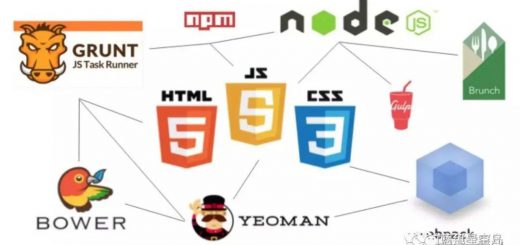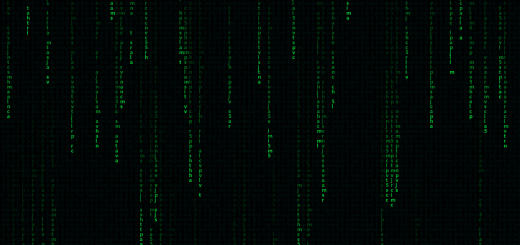简述前端 templating(Mustache, underscore, handlebars)的作用, 怎么用 ?
前端 templating 库(如 Mustache、Underscore、Handlebars 等)的作用是将数据和模板结合生成最终的 HTML 内容,实现数据和 UI 的分离,提高代码的可维护性和可复用性。
这些库通常采用类似于模板语言的语法,通过占位符或特定的语法来表示数据应该插入的位置,然后将数据传入模板中进行渲染,生成最终的 HTML 内容。
以下是一个简单的示例,使用 Handlebars 模板库来展示如何使用前端 templating:
- 引入 Handlebars 库:
<script src="https://cdn.jsdelivr.net/npm/handlebars/dist/handlebars.min.js"></script>Copy - 编写 Handlebars 模板:
<script id="template" type="text/x-handlebars-template"> <div> <h1>{{title}}</h1> <p>{{content}}</p> </div> </script>Copy - 准备数据:
var data = { title: "Hello, World!", content: "This is a Handlebars example." };Copy - 编译模板并渲染数据: “`javascript var source = document.getElementById(“template”).innerHTML; var template = Handlebars.compile(source); var html = template(data);
document.getElementById(“output”).innerHTML = html;
“`
在上面的示例中,我们定义了一个 Handlebars 模板,包含了两个占位符 {{title}} 和 {{content}},然后准备了要插入的数据。通过 Handlebars 库的方法,我们将数据和模板结合生成最终的 HTML 内容,并将其插入到页面中。
使用其他前端 templating 库(如 Mustache、Underscore 等)也类似,只需根据具体的语法和方法进行相应的操作。这样可以更好地组织代码,提高开发效率,并降低代码维护的难度。



近期评论